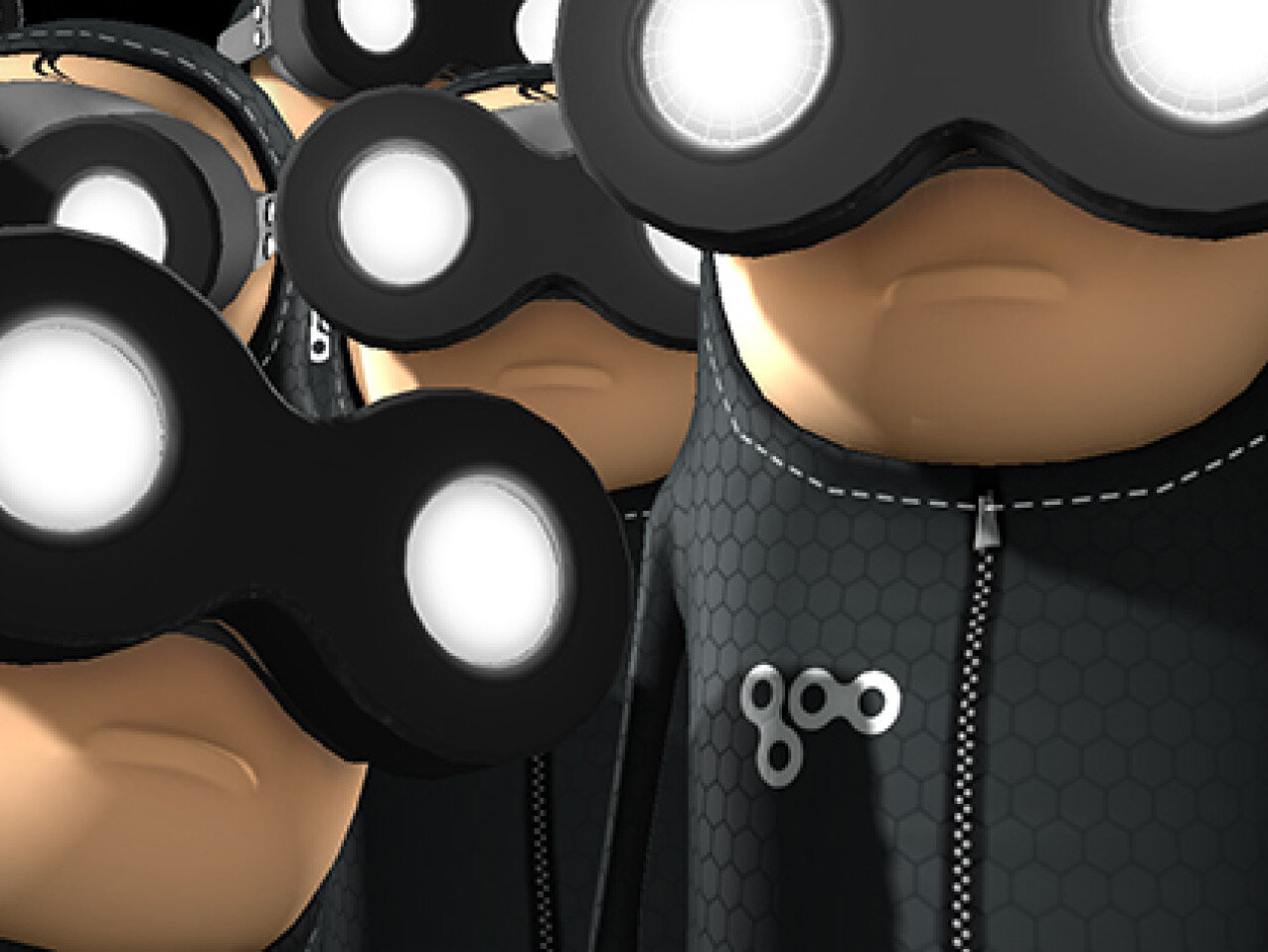Goo Technologies
Brief
After my time at DICE I switched gears to work for a small Stockholm startup working on a WebGL 3D-engine and creation tool. Going from a AAA games company with hundreds of QA to a small startup with only me as the QA department was an amazing challenge that I’ll never forget.
My Role
Being the only QA person at the company meant that I had to take on an end-to-end responsibility for the quality of all our products and experiences. The company was developing a 3D engine, a creation tool to utilize that engine, as well as projects in that creation tool at the same time (examples of those projects are attached below).
I together with the CTO and Product Owners developed an agile QA process that let me freely move around between projects depending on where the biggest risks were, and mentor developers and others into during their due diligence quality wise.
Complication
Developing a 3D engine from scratch is no easy feat, and especially in an emerging technology as WebGL was in 2014 (and still is!). This lead to many technical challenges that carried over into the creation tool. The creation tool was built to be similar to the Unity Creation tool but working only in the cloud, built in HTML5. The User Experience of these kinds of creation tools were a fun challenge to take on together with the designers.
Lastly the projects themselves came with their unique challenges, such as Nikes “Risk Everything” campaign. In this campaign, almost immediately after goal was scored in the Soccer World cup, we would re-create the moment in 3D and serve it to a website where users could customize the scene and share with friends.
Resolution
Goo Technologies were ahead of the curve when it comes to WebGL and the market wasn’t quite ready for 3D advertisements and other interactions, loading time and compatibility was a much higher priority. Goo Technologies didn’t find a product-market fit and eventually sold to Amazon where the technology lives on under the brand “Sumerian”.
Media & Accolades
